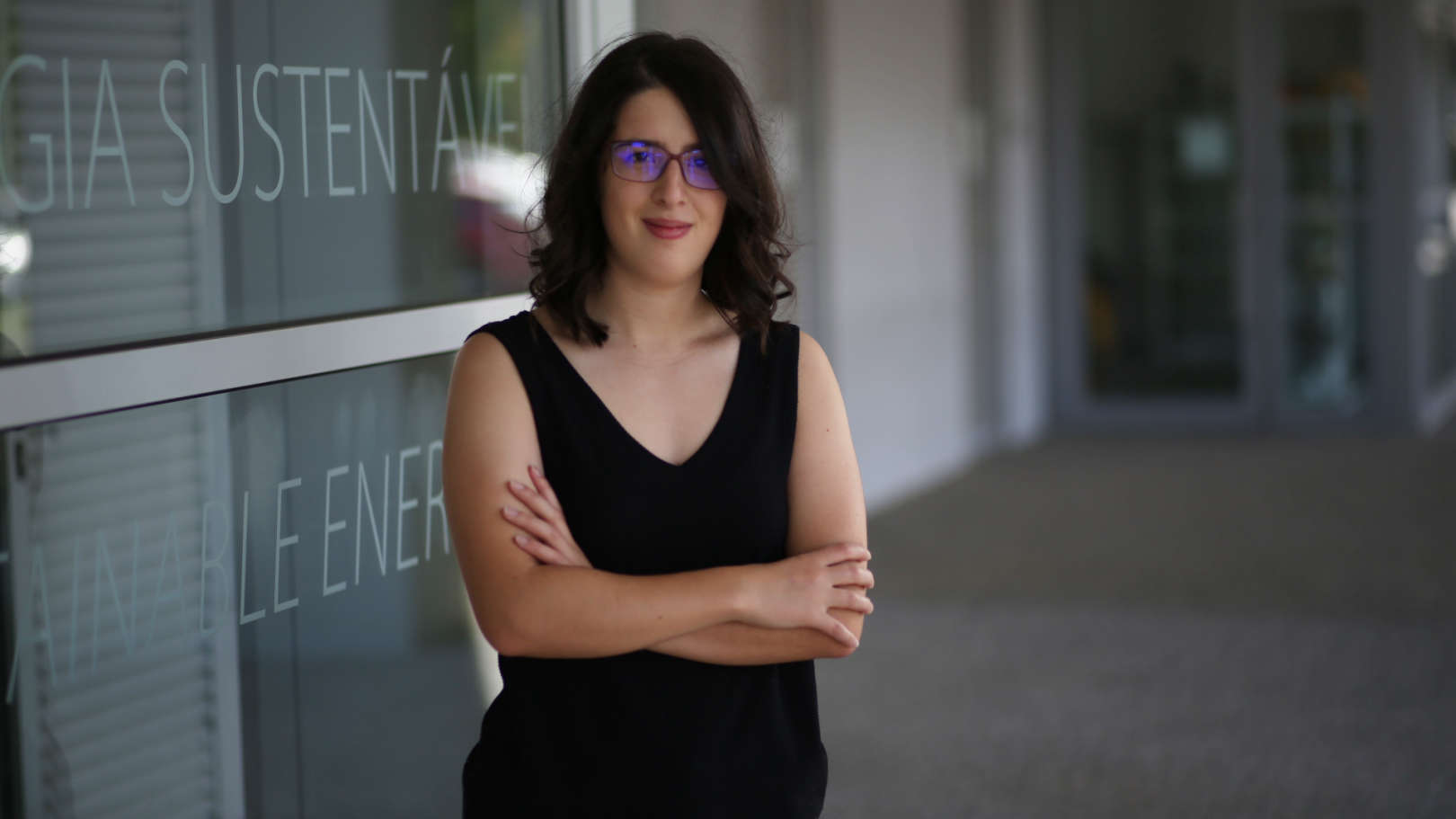Sobre
Isabel Rio-Torto concluiu o mestrado em Engenharia Electrotécnica e de Computadores em 2019 pela Faculdade de Engenharia da Universidade do Porto (FEUP). Isabel é atualmente assistente de investigação no INESC TEC, associada ao Visual Computing and Machine Intelligence Group (VCMI), e está a obter o doutoramento em Ciência da Computação pela Faculdade de Ciências da Universidade do Porto (FCUP). Isabel é também Assistente Convidada na FEUP, lecionando cadeiras de programação. O seu trabalho está atualmente focado em "Self-explanatory computer-aided diagnosis with limited supervision".


